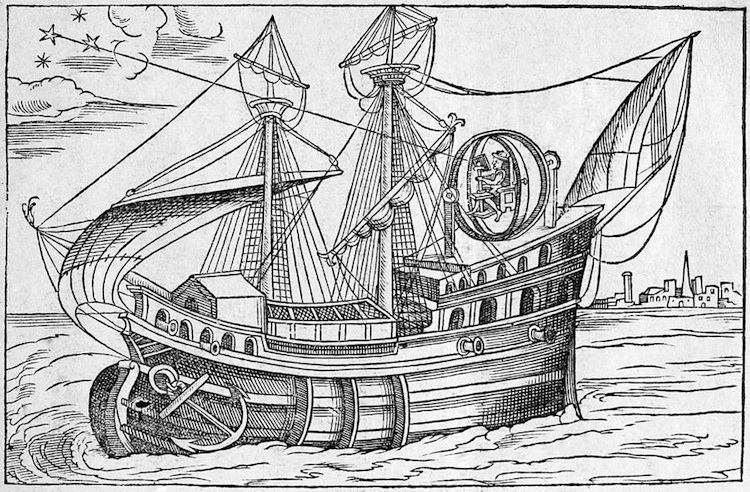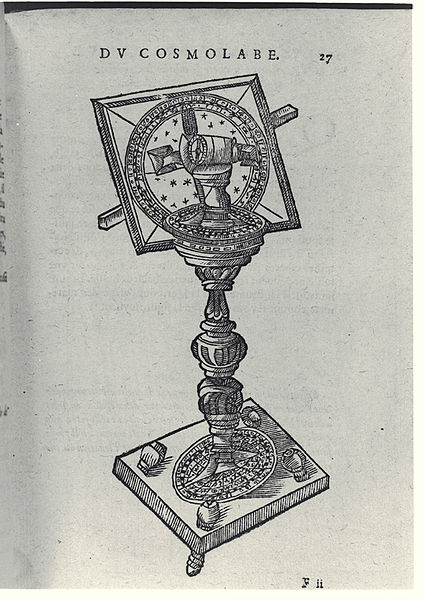|
|
|
|
|
|
|
|
|
|
|
|
|
|
|
|
|
|
|
|
| BESSON, Jacques
|
| Le Cosmolabe, ou instrument universel concernant toutes observations qui se peuvent faire
|
| [Avec:] Le Cosmographe instrument adjoinct en la superieure partie du cosmolabe
|
| Paris: Philippe Gaultier de Roville, 1567 - 1569.
|
|
|
| Two parts in one volume, continuously paginated.
|
| First editions of both parts.
|
| Small 4to. (16), 244.
|
|
|
| Contemporary vellum, remains of ties.
|
|
|
|
|
|
|
|
|
|
|
|
|
|
Jacques Besson was a French mathematician and inventor. He is perhaps best known today for his Theatrum Instrumentorum (ca 1571), which was the first of the famous "Theatres of Machines" (cf Ramelli, Zonca, Bockler) that were the rage in renaissance Europe. These books depicted the mechanical marvels of their day, mostly comprising water-driven gristmills and sawmills, woodworking machinery, etc. Besson's Theatrum included several machines of his own invention. The Cosmolabe is an earlier, and considerably rarer book describing the astronomical measuring instrument that he invented, designed as a generalization of the widely-used astrolabe. Of particular interest in this book is the (possibly first) illustration of a gimballed chair on a ship, designed to allow astronomical observations from a stable position as the ship rocked. Similar devices were proposed later by Galileo, Neville Maskelyne, and others as a means of making astronomical measurements for the determination of longitude at sea. (They didn't work.)
|
|
|
|
|
|
|
|
|

|
|
|
|
|
|
|
|
|
|
|
|
|
|
A gimballed chair designed to allow astronomical measurements from a stable position aboard a ship.
|


